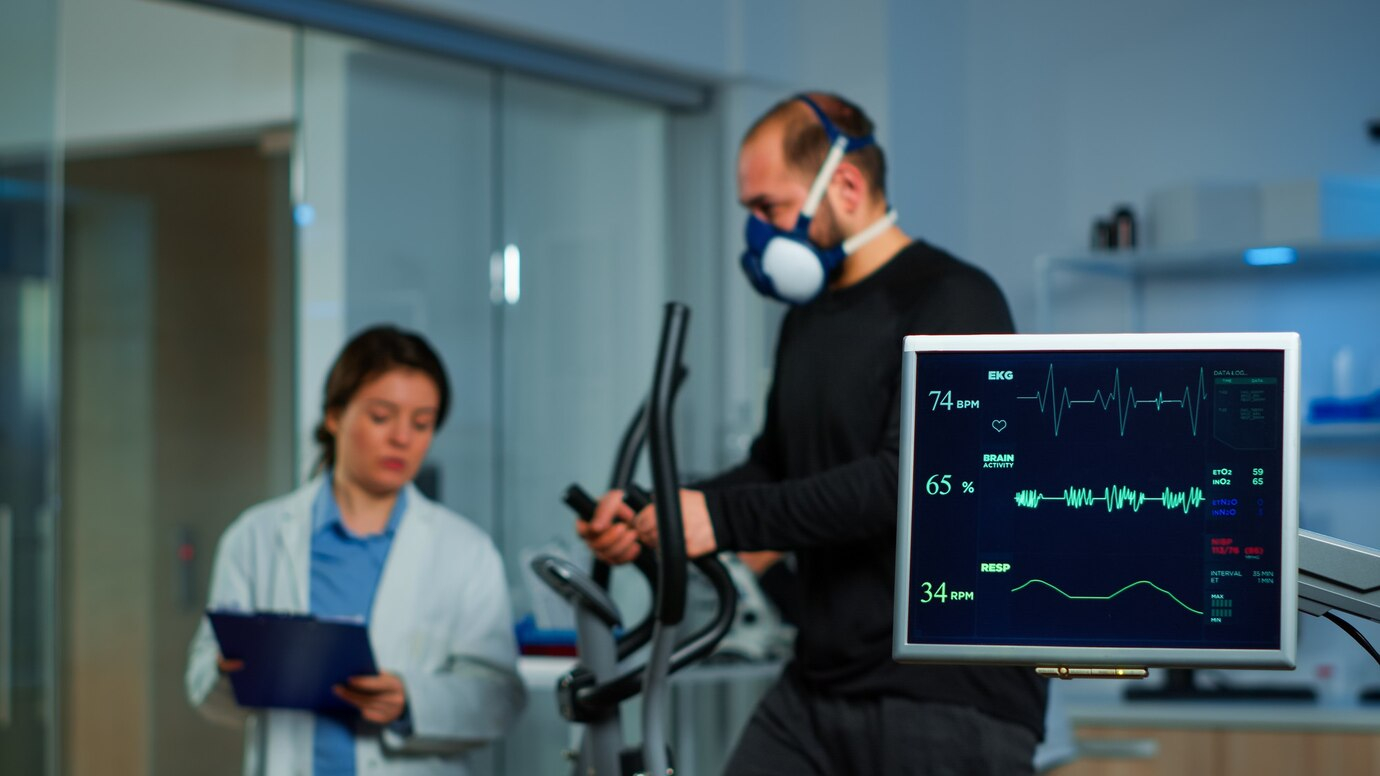Understanding Heart Rate Variability Assessment and Training

In the world of modern wellness and performance optimization, Heart Rate Variability Assessment and Training has become a key tool for individuals seeking better physical health, emotional balance, and mental clarity. This technique offers a window into the body's autonomic nervous system, allowing people to measure and improve how well they respond to stress, rest, and recovery.
What Is Heart Rate Variability?
Heart Rate Variability (HRV) refers to the variation in time between each heartbeat. Rather than having a perfectly steady rhythm, a healthy heart has a subtle variability that reflects the body's ability to adapt to different situations. A high HRV generally indicates that the body can effectively manage stress and is in a state of good health, while a low HRV may suggest fatigue, chronic stress, or poor recovery.
HRV is influenced by the autonomic nervous system, specifically the balance between the sympathetic ("fight or flight") and parasympathetic ("rest and digest") branches. Monitoring this variability can help people better understand their stress levels, physical readiness, and emotional resilience.
The Role of Assessment
Heart Rate Variability Assessment and Training begins with measurement. With the help of wearable devices, smartphone apps, or professional monitoring tools, individuals can track their HRV throughout the day or during specific periods such as sleep or exercise. These assessments can uncover patterns related to stress, sleep quality, nutrition, and even emotional well-being.
Many health practitioners use HRV assessments as part of a comprehensive health check. Athletes, for example, rely on HRV to fine-tune their training schedules and prevent overtraining. Therapists and wellness professionals may also use it to support patients dealing with anxiety, PTSD, or other stress-related conditions.
The Benefits of HRV Training
Once the baseline is established through assessment, the next step is training. Heart Rate Variability Assessment and Training is designed to help individuals increase their HRV through various techniques that enhance nervous system balance.
Biofeedback is one of the most popular tools used in HRV training. It involves guiding clients through breathing exercises and relaxation techniques while monitoring their HRV in real-time. With practice, individuals can learn to regulate their physiological state, making it easier to stay calm under pressure, sleep better, and recover more quickly after physical exertion.
Other beneficial practices include meditation, yoga, and mindfulness—all of which have been shown to positively affect HRV. Lifestyle changes such as regular exercise, proper hydration, and a healthy diet also play a critical role.
Who Can Benefit?
Anyone can benefit from Heart Rate Variability Assessment and Training—from elite athletes and busy professionals to those dealing with chronic stress or illness. It is a non-invasive, evidence-based approach that empowers individuals to take control of their health and well-being through self-awareness and consistent practice.
As interest in holistic wellness continues to grow, HRV training is becoming more accessible and widely used. Whether you're looking to enhance performance, reduce anxiety, or simply improve your overall health, integrating HRV into your wellness routine can be a game-changer.
- Education
- Course
- Books
- Drawing
- Question
- Film
- Fitness
- Food
- Games
- Gardening
- Health
- Home
- Literature
- Music
- Networking
- Other
- Programming
- Religion
- Shopping
- Sports
- Curriculm
- Wellness


